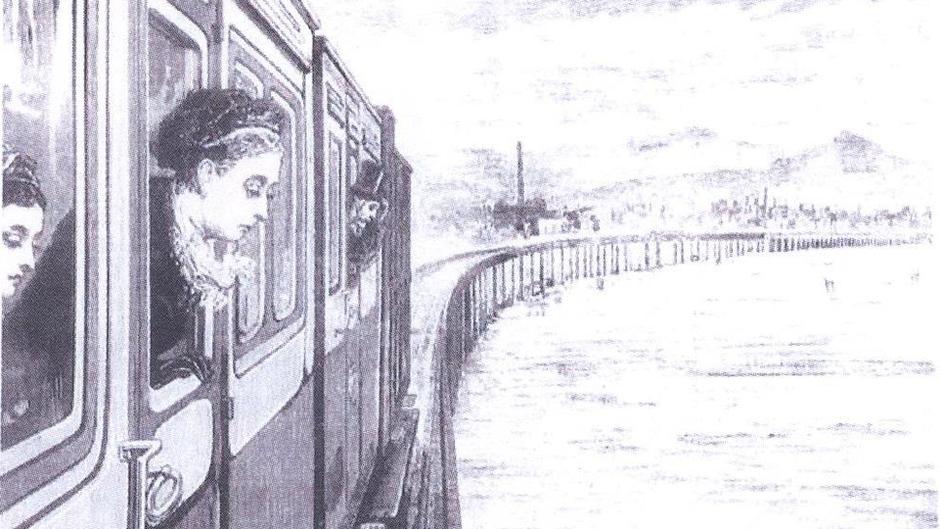Tales from the Treasure House - 1853 mystery on the Hull to Beverley railway line
Mon 17th July 2017
Nowadays rail travel is one of the most efficient and safest modes of transport. In the nineteenth century, the ease of rail travel gave women in particular a form of independence that few had previously experienced.
However, the reporting of events on 18 January 1853 on a train travelling from Hull to Beverley must have sent a shudder through many a female rail traveller.
The first murder on a British railway is widely believed to have been committed by Franz Muller, who was hanged for the murder of Thomas Briggs on a London train in 1864. However, the attack on Beverley resident Caroline Duffill on a train 11 years earlier deserves some mention, as the inscription on her grave has recently been discovered in some scrapbooks deposited at the East Riding Archives at the Treasure House in Beverley.
On 18 January 1853, Caroline Duffill, wife of Thomas Duffill, landlord of the Freemasons Arms on Ladygate (Beverley), took a train to Hull on business. On her return trip an acquaintance she had met in Hull called William Holliday updated his third class ticket to second so he could sit in the same carriage as her. During the trip something happened which caused her to jump out of a moving train, shouting ‘Thief! Thief!’ as it left Cottingham station. She later died of head injuries sustained from her jumping onto the rails. She was buried in Beverley Minster churchyard on 30 January 1853.
William Holliday was soon charged with the manslaughter of Caroline Duffill at Cottingham. On the judge’s direction the jury threw out the bill due to the lack of physical evidence and William Holliday was acquitted.
Bernard Bradford, a former secretary of the East Riding Antiquarian Society recorded the inscription in his scrapbook in the 1940s. At the time, the information on the headstone was clearly visible and could be well documented for the scrapbook’s purposes, but now, unfortunately, all evidence has been erased due to the weather and age of the headstone. Only the scrapbook notes remain.
An excerpt reads:
‘Mysterious was my cause of Death
In the prime of life, I Fell
For days I lived yet ne’er had breath
The secret of my fate to tell
Farewell my child and husband dear
By cruel hands I leave you
Now that I’m dead and, sleeping here
My Murderer may deceive you
Though I am dead, yet I shall live
I must my Murderer meet…’
And the innocence shall give
My cause of death complete
Forgive my child and husband dear
That cruel man of blood
He soon for murder must appear
Before the son of God.
Caroline Duffill’s death might not have the notoriety and excitement that the 1864 London murder created, but whatever happened in that carriage on that fateful evening, the family of Caroline Duffill believe that she was murdered. Did she jump? Or was she actually pushed? Perhaps we will never know full truth.

